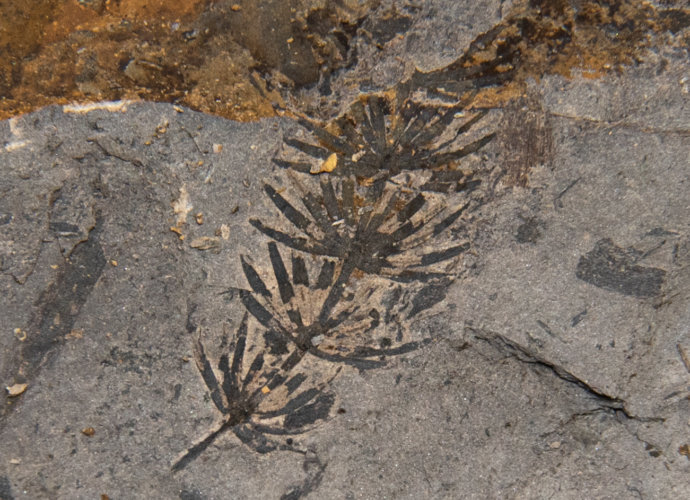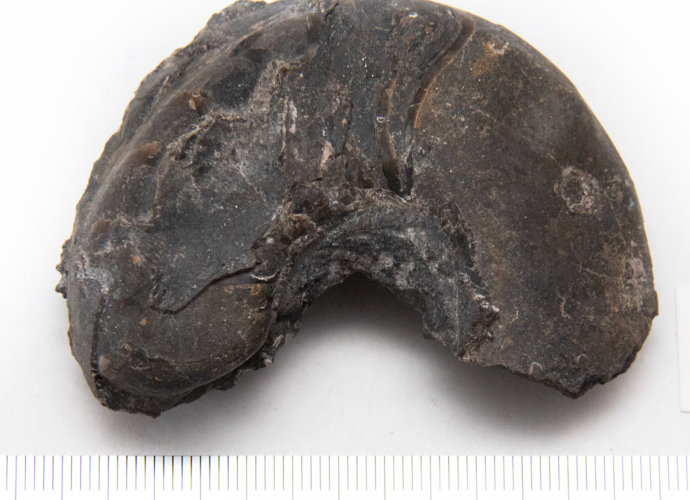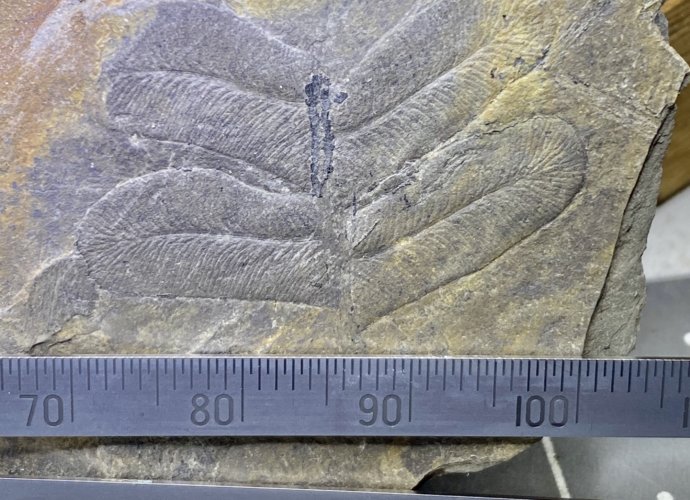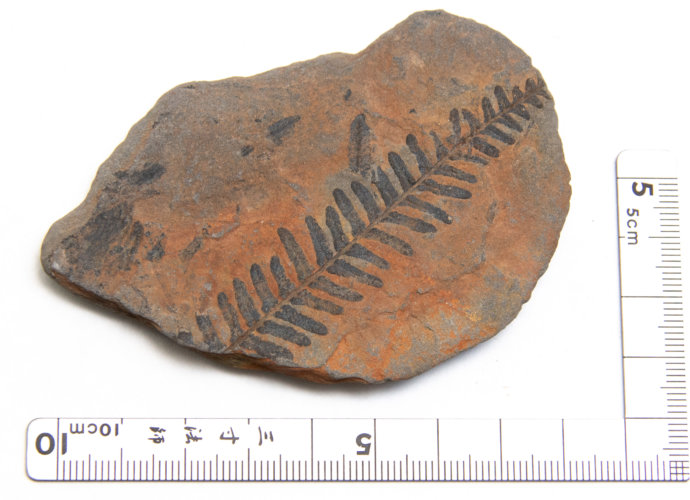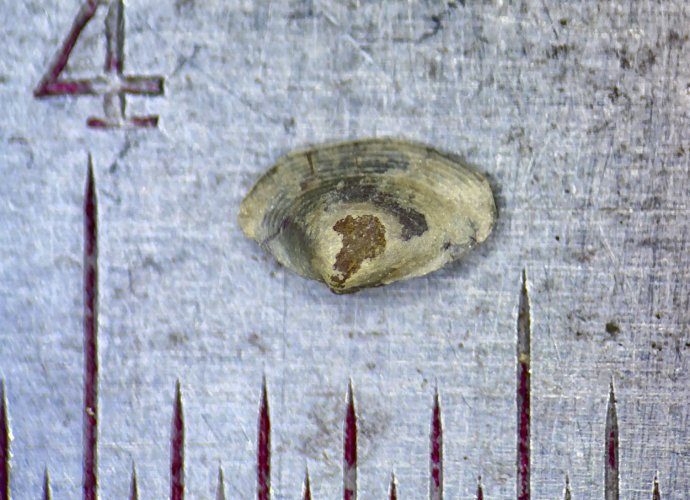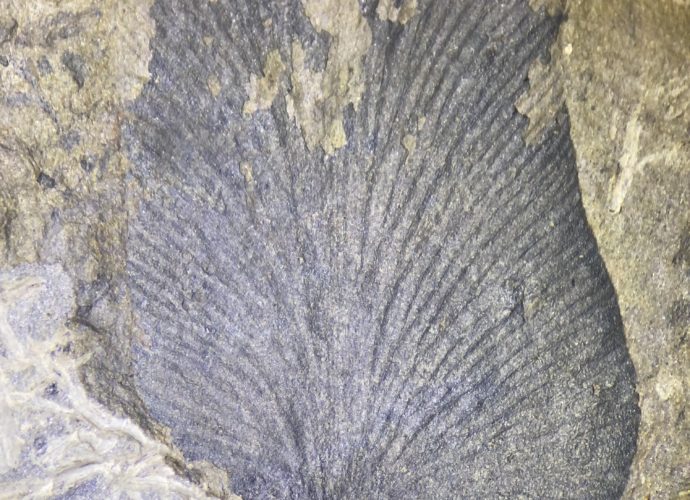Asterophyllites & Calamites
Asterophyllites have been a genus of fossil plants that I have been hunting for since I started collecting fossils locally. Today I was able to recover my first specimen of one. These are the branches that come out at the nodes of the genus Calamites. While these are two separateRead More →

